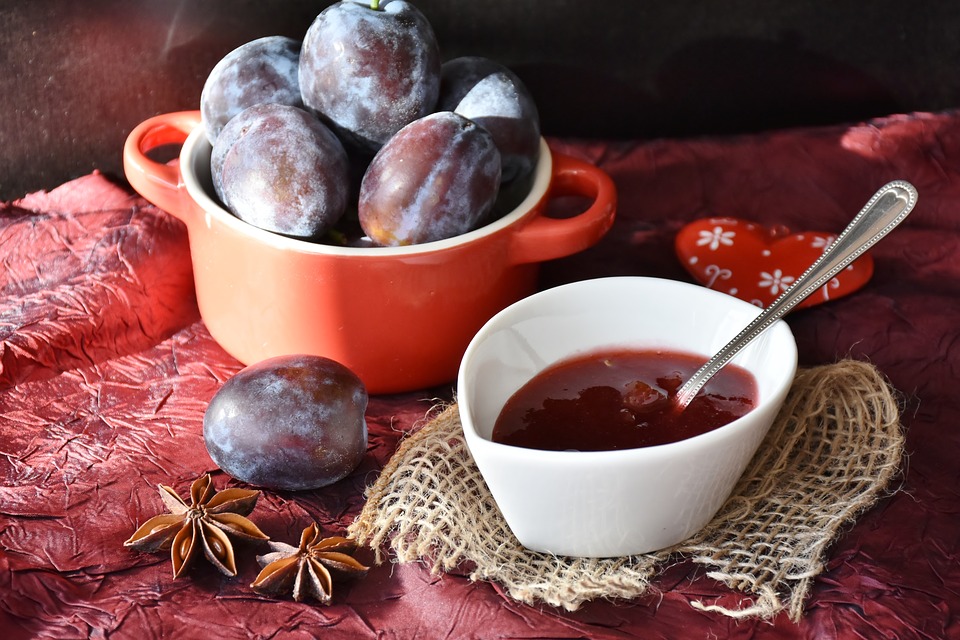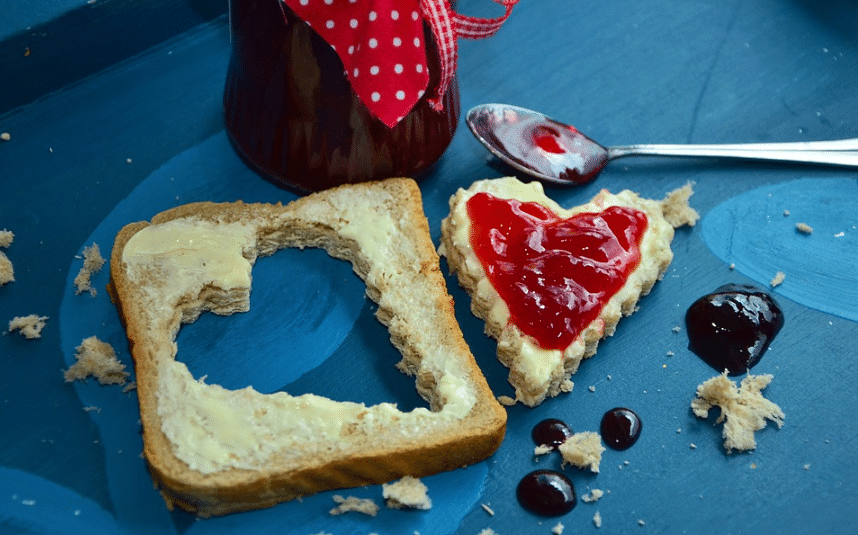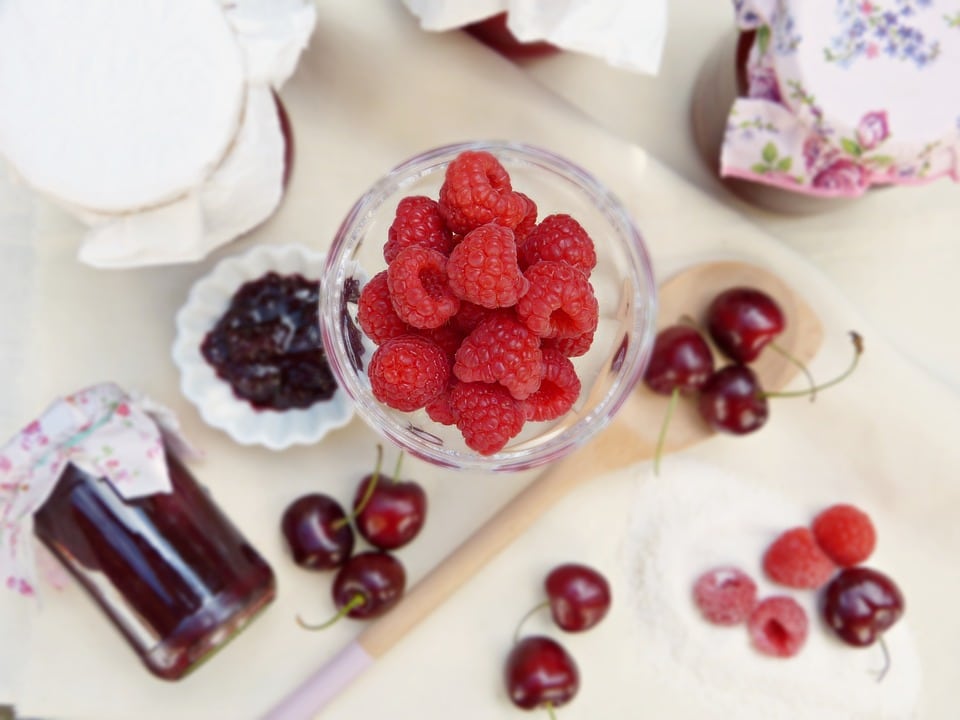Throughout the seasons, the tastiest fruits color the vegetable garden and the market stalls. Redcurrants, apricots, pears, blackberries, quince, Mirabelle plums, bitter oranges, blueberries… We like to eat them fresh, but also cooked in tarts or desserts for maximum indulgence. However, some people also like to make jars of jam to be able to enjoy them when it is no longer the season. There’s nothing like a nice rhubarb or cherry jam on toast for breakfast or snack. And then it gets worse! Indeed, preparing homemade jam is not complicated. However, it requires a little attention to detail and a good recipe to make it successfully. Does your jam seem too liquid or, on the contrary, too thick? In the kitchen, nothing is thrown away! Find out how to obtain the desired consistency… in two strokes of a spoon!
Why is the jam too liquid or thick?

This can also be linked to the cooking temperature, preferably checked with a thermometer. Fruit jams are generally cooked at exactly 4 or 5°C above the boiling point of water, i.e. 104-105°C. However, altitude can affect the boiling temperature of water which drop of 1°C for every 550 m of altitude. Remember to take this into account! If you don’t reach the right temperature, the jam may not set as well. If, on the contrary, you go over even a little, it will be overcooked and harden. This is a point to consider as important as respecting the cooking time, taking care of the quantity of sugar or even sterilizing the jars (for preserving homemade jams).
Very often, the problem comes from the fruit. THE fruits rich in water in fact contain less pectin in general. However, this plant fiber has natural gelling properties. This is the reason why apricot, nectarine or peach jam can turn out to be too liquid when cooled. It is also possible that the fruits were too ripedestroying the pectin in the fruit. This can then hinder the gelling of the sugar-fruit preparation. It is more difficult for the water to drain, leaving the jam too liquid. Not great to spread…
How to make up for jam that is too liquid?

Apple pectin to the rescue
In general, around 15 g of industrial pectin is added to a jam recipe, accompanying this gelling agent with sugar and lemon juice for greater effectiveness. However, if you have apples, there is no need to rush to the store to buy some! In fact, the apple is a fruit extremely rich in pectinparticularly the green apple. It can therefore single-handedly save a jam, marmalade or jelly! To do this, add apple pieces or apple juice to the pot to rectify your failed jam. Let it cook a little.
If you like making jam, you can also make ready-to-use pectin with apple peels and cores!
Lemon to save a jam that is too liquid
We very commonly use lemon juice (generally the juice of one lemon for one kilogram of fruit), before starting the cooking in the jam basin, and there is a reason! The king of citrus fruits is also very rich in pectin. Also, the simple fact of adding a lemon zest or a few drops should allow you to obtain the desired texture for your jams, marmalades or jellies. It’s also a great option if you don’t like the taste of apple. It’s your choice!

Add a gelling agent or thickener
You can add gelatin leaves (animal origin) or better yet agar-agar (plant origin). Don’t worry, the latter does not alter the flavor of the recipe! Simply let the preparation cool before adding this gelling agent diluted in a little water. Then, put the cold jam back to cook to activate it and gel your jam which is too liquid. The dosage will mainly depend on the quantity of jam you want to gel. Allow around 4 g of agar-agar for one kilo of fruit.
Good to know: Some people also use Cornflour. If you have nothing else, this will do the trick!
Recooking a jam that is too liquid
Cooking a jam that is too liquid allows it to facilitate the evaporation of excess water. In this case, you must extend the cooking time while ensuring that you carefully monitor the jam’s setting with a spoon. To be sure, apply the technique of placing a drop of jam on a cold plate. If it gels well and sets, you can stop cooking and put the jam in sterilized jars. Be careful though, this tip causes the fruits to lose some of their flavors. However, it remains very popular because it does not require any additions!
How to make up for jam that is too thick?

Adding water helps thin the jam to make it less thick. To do this, you can simply put a few tablespoons of water in the pot. Then put everything in the microwave. This avoids having to have extra dishes! During cooking, you can also incorporate 5 cl of hot water or boiling water for 300 g of jam. Then briefly return the jam to cook and never stop stirring. You can also add a squeeze of lemon juice to the water.



